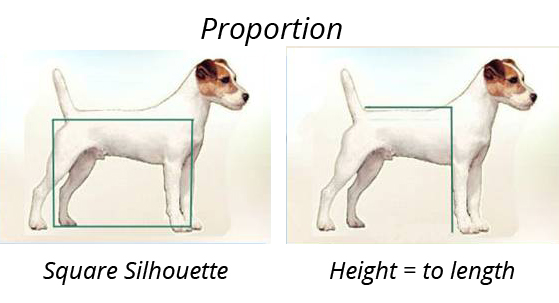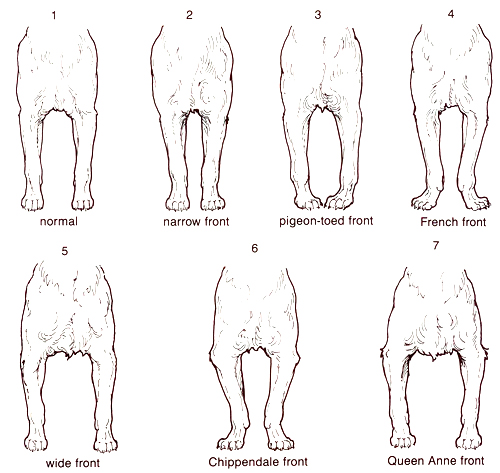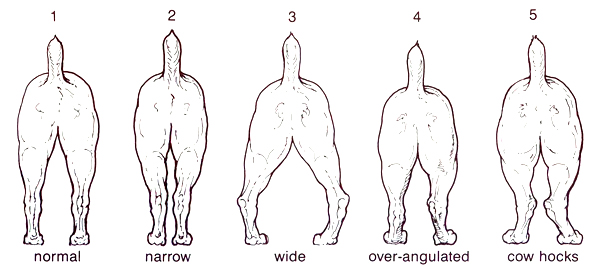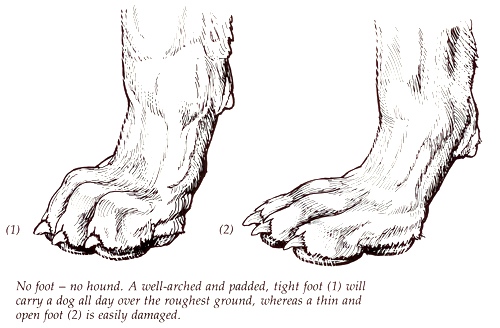Parson Russell Terrier Breed Standards
Characteristics
Workmanlike, active, agile and built for speed and endurance. Well balanced, with a length of back from withers to root of tail to be much the same as from withers to the ground. Strong head, bright, keen expression. Scars and injuries resulting from work or an accident are acceptable unless movement is impaired.
Essentially a terrier with the ability to work underground with the endurance to work with hounds and to follow the horse.
Head and Skull
Head should be flat, moderately broad, gradually narrowing to the eyes. Little stop should be apparent. The length from stop to nose should be slightly shorter than that from stop to occiput. Nose to be black.
Eyes
Deep-set, dark with a very keen expression.
The eyes in a parson terrier tell a lot about its character. In a parson terrier they flash with mischief and impart a slightly quizzical expression which may at times be fiery, but should never be hard.
Ears
Ears in proportion with the head V-shaped, dropping forward and carried close to the head. Ears are set on the side rather than on top of the head and should have no suggestion of being pricked. The tip of the ear is to be level with outer corner of the eye.
Mouth
Teeth being of-scissor bite, with strong even teeth with upper teeth closely overlapping the lower teeth. Jaw strong and muscular.
Neck
Clean and muscular, of good length gradually widening to the shoulders. The parson when working underground, should be able to extend its neck to enable its mouth to reach beyond its feet.
Body
The chest being of moderate depth, capable of being spanned by an average size hand, behind the shoulders. The length in comparison to the height of the parson terrier is to give a balanced image, with the loin slightly arched.
Forequarters
Shoulders long and sloping well laid back and clearly cut at the withers. Legs strong and straight with joints in correct alignment. Elbows close to the body, working free of the sides.
A clean straight front with parallel, well boned legs (1) is easily distinguished from the narrow front (2) which is a product of poor shoulder construction, and from a pigeon-toed front(3). A front that is narrow and weak (4) would not carry a terrier over rough ground, while a wide front (5) is often due to barrel ribs which would prevent a terrier from working in tight places. A front that is out at elbow (6) is also due to poor shoulders, while the deformed Queen Anne front (7) is most often found on short-legged terriers.
Hindquarters
Strong and muscular with good angulation and bend of stifle without exaggeration. Hocks near the ground giving plenty of drive. Looking from behind their hocks must be straight.
Seen from the rear, hocks should be parallel and firm (1); narrow back ends (2) tend to be weak; wide legs (3) are not acceptable; over-angulation(4) restricts the ability to gallop freely, while cow hocks (5) are only acceptable on cows.
Feet
Compact with firm pads, toes arched, never flat or open nor turning neither in nor out.
There is an old saying “no foot, no hound” the same is true of a working terrier.
Tail
Strong, straight and set high. Carried well up on the move. If Docked it needs to be providing a good handhold.
Gait/Movement
A free striding, lively and well co-ordinated with straight action in front and rear.
Coat
Whether rough, broken or smooth naturally harsh, flat, straight, close and dense with good undercoat. Weather resistant. Belly and undersides coated. Skin thick and loose. The prepared coat should appear natural, never clipped. A thin coat offers poor protection against wear and weather.
Predominantly white with tan and/or black markings. Confined to the head and/or root of the tail.
Size
Height “ideally” 14 inches at withers for a dog and 13 inches for bitches. None should be more than 1 inch beneath these heights.
Faults
Any departure from the foregoing points should be considered a fault and the seriousness with which the fault should be regarded should be in exact proportion to its degree and its effect upon the health and welfare of the dog and on the dog’s ability to perform its traditional work.
Note
Male animals should have two apparently normal testicles fully descended into the scrotum.







